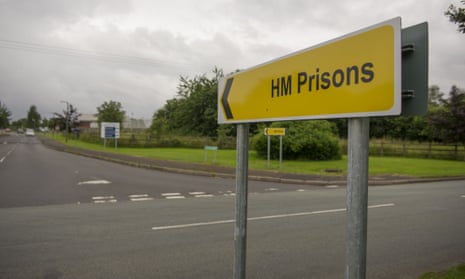Prison officers are to receive body-worn cameras as part of a £3m investment to improve safety in jails, the Ministry of Justice has announced.
The MoJ revealed it was investing £2m in 5,600 cameras, meaning every prison officer across England and Wales will have access to the devices.
A further £1m is being invested in “police-style” handcuffs and restraints to reduce the need for staff to use physical holds to control aggressive prisoners.
Four prisons – HMP Wealstun, HMP Risley, HMP Preston and HMP Hull – will also trial the use of incapacitant spray, similar to pepper spray, for dealing with violent offenders.
The prisons minister, Sam Gyimah, said the increased security measures would ensure officers had the right tools for the job.
“I am absolutely determined to tackle head-on the issues that undermine the safety and security of our prisons and to ensure our dedicated officers have the tools they need to do the job,” he said.
“That is why we have introduced a range of measures to boost security – bringing in 300 sniffer dogs trained in detecting psychoactive substances and putting in place technology to block mobile phones.
“This latest investment underlines our commitment to transform our prisons into places of safety and should send a clear message to those intent on thwarting our efforts to make progress that we will do everything in our power to stop them.”
The MoJ said the cameras would “act as a visible deterrent against violence” and assist in prosecutions against those who commit crimes in jails.
The move comes after trials in 22 establishments and the large-scale deployment of body-worn cameras to more than 22,000 Metropolitan police officers in October last year.
It also follows a recruitment drive launched by ministers in response to surging levels of violence and self-harm in prisons across the country.
The government recently revealed it was more than halfway towards its target of bringing in 2,500 additional prison officers by the end of next year.
Figures for October 2016 to August 2017 showed there was a net increase of 1,290 new prison officers, with a further 872 personnel expected to have started their training by January 2018, the MoJ said.
The Prison Officers Association said it welcomed the rollout of protective measures such as the incapacitant spray and body-worn cameras, but nothing could replace correct and safe staffing levels.
A spokesman added: “The 30% cut to staff since 2010 and the increase in violence and riots during that period still has to be addressed and equipment is no replacement for staff.”
